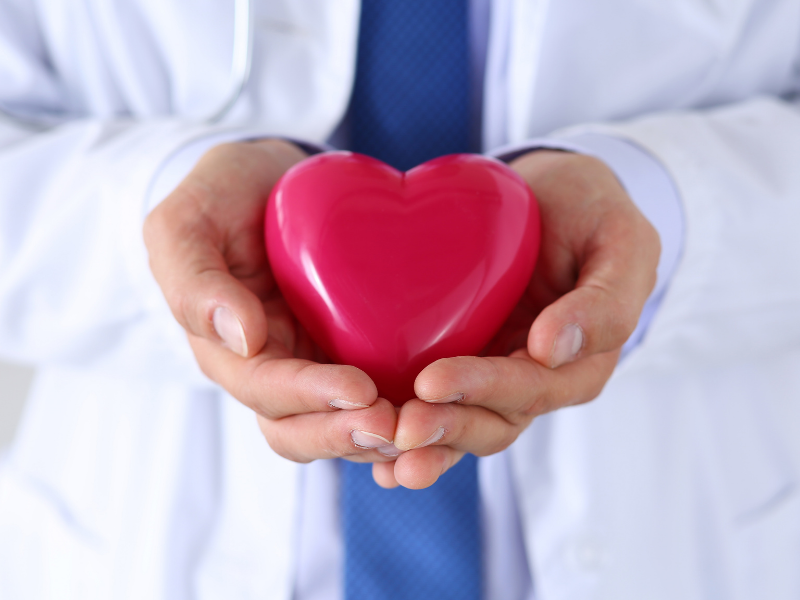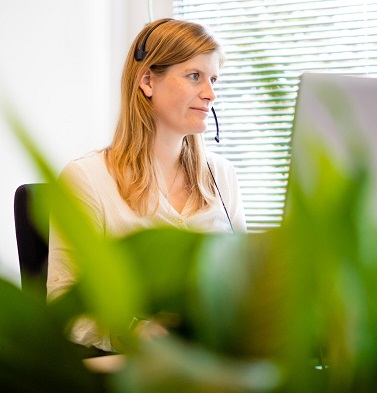Your Partner in Life-Saving Care

Your Partner in Life-Saving Care
Automated External Defibrillator (AED): Your Partner in Life-Saving Care
When every second counts, an Automated External Defibrillator (AED) can be the difference between life and death. AEDs are medical devices designed to help individuals experiencing sudden cardiac arrest, a critical emergency where the heart suddenly stops beating. Unlike a heart attack, which results from blocked blood flow to the heart, cardiac arrest requires immediate intervention with an AED to restore the heart’s rhythm and prevent fatal outcomes.
Why Choose an AED?
Owning an AED provides peace of mind and readiness to respond confidently in life-threatening situations. These devices are user-friendly, intuitive, and accessible for anyone to use—whether in a home, office, or public space. With AEDs, you don’t need medical training to make a difference; these devices guide you every step of the way, analyzing the heart’s rhythm and instructing when a shock is needed to revive the heartbeat. Investing in an AED means you’re prepared to act swiftly and save lives when seconds matter.
How AEDs Work to Save Lives
AEDs analyze the heart’s rhythm to detect if defibrillation is needed. Once activated, they provide clear, audible instructions to guide users, making the process straightforward even for those without medical expertise. By delivering a controlled electric shock, AEDs can restore a normal heart rhythm and significantly boost survival rates, especially when paired with CPR. In a cardiac emergency, applying an AED within the first few minutes can double or triple the chances of survival.
When and Where to Use an AED
Knowing when to use an AED is essential. Signs of cardiac arrest include sudden collapse, unresponsiveness, and irregular breathing. Quick AED intervention is crucial, as each minute without defibrillation decreases survival chances by 10%. AEDs are ideal for high-risk environments and public places—schools, workplaces, airports, gyms, and sports facilities—where immediate response is key to saving lives. Whether at home or in crowded areas, having an AED nearby can be a life-saving advantage.
AEDs in Public Spaces: Empowering Communities
Public access to AEDs has transformed emergency response across communities. By installing AEDs in high-traffic areas, businesses and organizations not only enhance safety but also take a proactive step toward protecting employees and customers. AEDs provide vital support in seconds, creating safer environments in spaces with individuals at risk, like the elderly, those with heart disease, or those with high blood pressure.
AEDs and Heart Health Awareness
AEDs play an important role in heart health awareness. Conditions like coronary artery disease (CAD), congestive heart failure, and high blood pressure increase the risk of sudden cardiac arrest. Placing AEDs in your environment is a proactive measure for heart health, ensuring that immediate, life-saving intervention is available when needed. Knowing how AEDs work and having them on hand empowers both individuals and businesses to handle cardiac emergencies with confidence.
Simple Steps for Using an AED
Using an AED is as simple as following its voice-guided instructions:
- Ensure Safety: Confirm the area is safe, and check if the person is responsive.
- Call for Help: Contact emergency services immediately.
- Start CPR if Needed: Begin CPR while someone retrieves an AED.
- Use the AED: Attach electrode pads as directed by the AED, which will assess the heart’s rhythm and advise if a shock is necessary.
- Continue CPR: If needed, continue CPR until professional help arrives or the individual shows signs of recovery.
These clear steps make AEDs accessible to everyone, providing essential support in critical moments and improving the likelihood of a positive outcome.
AEDs for At-Risk Individuals and Facilities
AEDs are invaluable in places where people face increased cardiovascular risks—such as workplaces with high physical demands, gyms, sports centers, and facilities serving individuals with heart-related health issues. Having an AED nearby in such settings, along with trained personnel, can be life-saving during sudden cardiac incidents.
Join the Movement for Heart Health Preparedness
Investing in an AED is more than a purchase—it’s a commitment to heart health and community safety. Equip your home, business, or facility with this essential device and empower yourself to act decisively during emergencies.
Be ready. Be prepared. Make a life-saving difference with an AED.




